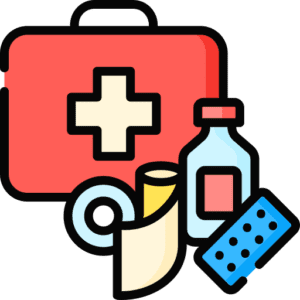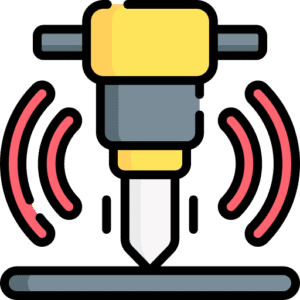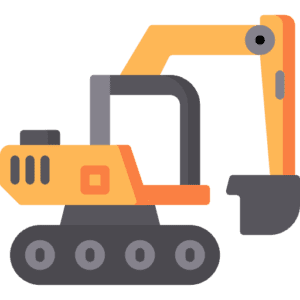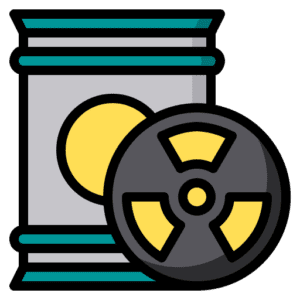CSCS Dust and Fumes Test
Why is Dust and Fume Safety Important in Construction?
Construction workers are often exposed to hazardous dust, fumes, and airborne particles that can cause serious respiratory illnesses. Inhaling harmful substances such as silica dust, asbestos, and chemical fumes can lead to long-term lung damage, making respiratory protection crucial. The CSCS Dust and Fumes (Respiratory Hazards) Test ensures that workers understand the risks and safety measures needed to protect their health.
What Will You Learn in This Test?
This test assesses your knowledge of respiratory hazards, protective measures, and legal responsibilities. By taking this test, you will learn:
The dangers of inhaling dust, fumes, and airborne particles
Common respiratory illnesses caused by workplace exposure
The importance of ventilation and extraction systems
How to use Respiratory Protective Equipment (RPE) correctly
Legal responsibilities of employers and workers in controlling dust and fume exposure
Key Topics Covered:
Types of Hazardous Dust & Fumes – Silica dust, wood dust, welding fumes, asbestos, and chemical vapors.
Health Risks – Lung diseases such as COPD, asthma, and silicosis caused by prolonged exposure.
Preventive Measures – Using extraction systems, dampening methods, and safe work practices.
Respiratory Protective Equipment (RPE) – Selecting and wearing the correct masks and respirators.
Legal Responsibilities – Compliance with COSHH (Control of Substances Hazardous to Health) regulations.
Why Take This Test?
Protect your health by understanding the risks of dust and fume exposure.
Stay compliant with health and safety regulations in construction.
Improve workplace safety by learning best practices for controlling respiratory hazards.
Prepare for the CSCS Dust and Fumes Test today and ensure you’re taking the right steps to safeguard your lungs and overall health!


















